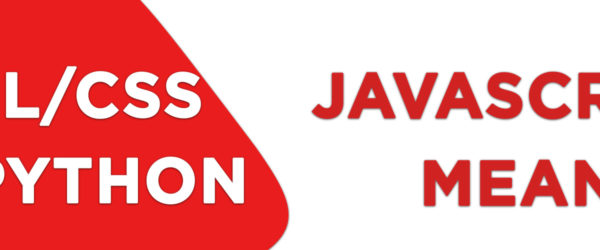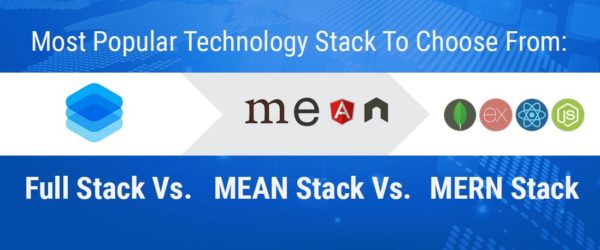Docker is the defacto toolset for building present-day applications and setting up a CI/CD pipeline – helping you fabricate, boat, and run your applications in holders on-prem and in the cloud.
Regardless of whether you’re running on straightforward figure examples, for example, AWS EC2 or Azure VMs or something somewhat more extravagant like a facilitated Kubernetes administration like AWS EKS or Azure AKS, Docker’s toolset is your new BFF.
In any case, shouldn’t something be said about your nearby advancement condition? Setting up neighborhood dev conditions can be disappointing without a doubt.
Recall the last time you joined another advancement group?
You expected to arrange your nearby machine, introduce advancement devices, pull storehouses, battle all through of-date onboarding docs and READMEs, get everything running, and working locally without knowing a thing about the code and its engineering. Goodness, and remember about databases, storing layers, and message lines. These are famously difficult to set up and create locally.
I’ve never worked at a spot where we didn’t expect in any event up to seven days of onboarding for new designers.
So what are we to do? Indeed, there is no silver shot and these things are difficult to do (that is the reason you get paid tons of money) yet with the assistance of Docker and it’s a toolset, we can make things a mess simpler.
In Part I of this instructional exercise we’ll stroll through setting up a neighborhood improvement condition for a generally intricate application that utilizations React for its front end, Node, and Express for two or three smaller scale administrations and MongoDb for our datastore. We’ll utilize Docker to assemble our pictures and Docker Compose to make everything a mess simpler.
Prerequisites
To complete this tutorial, you will need:
- Docker introduced on your improvement machine. You can download and introduce Docker Desktop from the connections underneath:
- Pursue a Docker ID
- Git introduced on your improvement machine.
- An IDE or content manager to use for altering documents. I would suggest VSCode
Code Repository Fork
The main thing we need to do is download the code to our neighborhood improvement machine. We should do this utilizing the accompanying git order:

Since we have the code neighborhood, how about we investigate the venture structure. Open the code in your most loved IDE and extend the root level registries. You’ll see the accompanying record structure.

The application is comprised of a few basic microservices and a front-end wrote in React.js. It utilizes MongoDB as it’s an information store.
Commonly now, we would begin a neighborhood rendition of MongoDB or begin glancing through the venture to discover where our applications will be searching for MongoDB.
At that point, we would begin every one of our microservices autonomously and afterward at long last beginning the UI and expectation that the default arrangement just works.
This can be exceptionally convoluted and disappointing. Particularly if our miniaturized scale administrations are utilizing various forms of node.js and are arranged in an unexpected way.
So we should stroll through creation this procedure simpler by dockerizing our application and placing our database into a holder.
Dockerizing Applications
Docker is an extraordinary method to give reliable improvement conditions. It will permit us to run every one of our administrations and UI in a holder. We’ll likewise set up things so we can grow locally and start our conditions with one docker order.
The principal thing we need to do is dockerize every one of our applications. How about we start with the microservices since they are completely written in node.js and we’ll have the option to utilize the equivalent Dockerfile.
Creating Dockerfiles
Make a Dockerfile in the notes-administrations catalog and include the accompanying orders.

This is an extremely essential Dockerfile to use with node.js. If you are curious about the orders, you can begin with the beginning aide. Additionally, investigate our reference documentation.
Building Docker Images
Since we’ve made our Dockerfile, how about we manufacture our picture. Ensure you’re despite everything situated in the notes-administrations catalog and run the accompanying order:


Since we have our picture manufactured, we should run it as a holder and test that it’s working.


It would appear that we have an issue associating with MongoDB. Two things are broken now. We didn’t give an association string to the application. The second is that we don’t have MongoDB running locally.
Now we could give an association string to a mutual case of our database however we need to have the option to deal with our database locally and not need to stress over wrecking our partners’ information they may be utilized to create.
Local Containers and Database
Rather than downloading MongoDB, introducing, arranging, and afterward running the Mongo database administration. We can utilize the Docker Official Image for MongoDB and run it in a holder.
Before we run MongoDB in a holder, we need to make two or three volumes that Docker can figure out how to store our persevering information and setup. I like to utilize the oversaw volumes that docker gives as opposed to utilizing tie mounts. You can find out about volumes in our documentation.
How about we make our volumes now. We’ll make one for the information and one for the setup of MongoDB.

Presently we’ll make a system that our application and database will use to converse with one another. The system is known as a client characterized connect system and gives us a decent DNS query administration which we can utilize while making our association string.

Presently we can run MongoDB in a compartment and append to the volumes and system we made previously. Docker will pull the picture from Hub and run it for you locally.

OK, since we have a running MongoDB, we likewise need to set a few situation factors so our application comprehends what port to tune in on and what association string to use to get to the database. We’ll do this privilege in the docker run order.

How about we test that our application is associated with the database and can include a note.

You ought to get the accompanying JSON once more from our administration.

Conclusion
Amazing! We’ve finished the initial phases in Dockerizing our nearby improvement condition for Node.js.
In Part II of the arrangement, we’ll investigate how we can utilize Docker Compose to rearrange the procedure we just experienced.
Meanwhile, you can peruse more about systems administration, volumes and Dockerfile best practices with the beneath joins:





